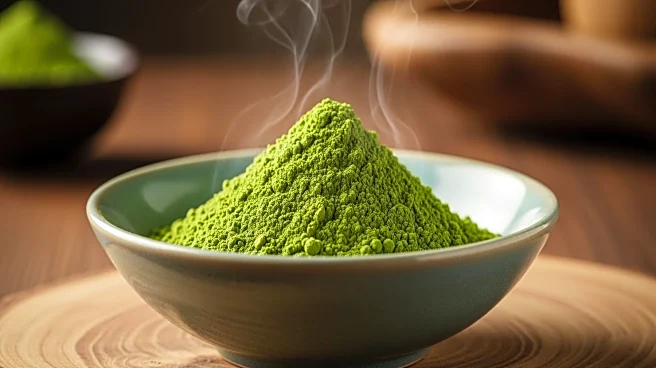What's Happening?
The U.S. has become the largest importer of Japanese matcha, purchasing over 2,000 tons annually. This surge in demand, particularly for ceremonial-grade matcha, is causing strain on Japanese farmers.
Factors such as extreme weather, an aging workforce, and labor-intensive production methods are contributing to global shortages and record-high prices. The popularity of matcha in the U.S. is further fueled by the rise of cafes like Aoko Matcha in New York City and social media trends such as #matchatok.
Why It's Important?
The increased demand for matcha in the U.S. highlights the growing influence of cultural and health trends on global trade. As matcha becomes more popular, Japanese farmers face challenges in meeting the demand, which could lead to higher prices and potential shortages. This situation underscores the interconnectedness of global markets and the impact of consumer preferences on international supply chains. The strain on the matcha industry may also prompt discussions on sustainable farming practices and labor solutions.















